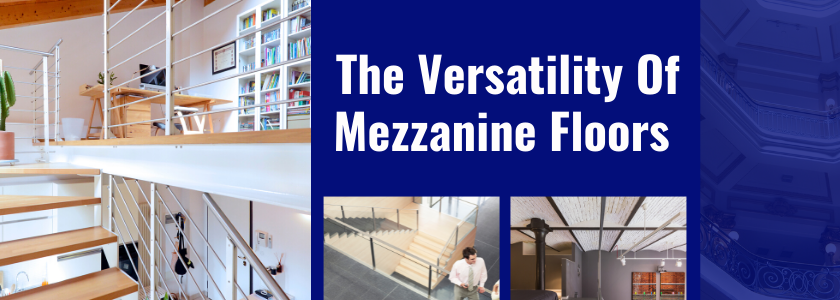Artificial Intelligence is expected to become the next technological frontier, according to most of the current studies and surveys across the world. Many of these investigations, and even experts, have gone so far as to claim that AI has not yet reached its maximum potential in the construction industry. They believe that by employing more Artificial Intelligence solutions, the construction sector may discover new ways to improve productivity. This would likely bring about an increase in resources dedicated to developing capabilities and AI playing a significant role in the construction process.
EFC, or Earth Friendly Concrete, is cement-free concrete that typically results in a carbon reduction of 75% to 87% when compared to traditional concrete mixes. It consists of a geopolymer binding agent that is produced from the chemical activation of blast furnace slag and fly ash rather than OPC (ordinary Portland cement). As such, Earth Friendly Concrete may help to minimise the carbon impact of concrete used in construction projects.
The construction industry is a diverse one, with steel being used in many different ways. Architectural steelwork is an essential part of this and falls into two categories: structural steel and non-structural steel. In this article, we take a quick look at the differences, processes and how PRV Engineering works.
In the world of construction, every little detail matters and that includes the quality of materials, workmanship and the level of insulation for lower energy consumption. One thing you may not know is the significant difference window design can have. In this article, we take a closer look at a triple-pane window design from the 1990s that helped improve urban efficiency by some margin.
Aluminium fabrication is defined as the process of cutting, shaping, and extruding aluminium to form a finished product. The processes involved spans widely from welding and stamping to bending, extruding and shearing, among others. For some time, many industries have benefitted from aluminium fabrication especially in the construction sector where companies require metal structures. Here are some commonly asked questions and answers about aluminium fabrication.
Robotics and automation have made headlines in recent years, especially in the construction sector with some tremendous advancements. While robotics in construction may be deemed a game-changer, the technology has not yet exceeded expectations but it is promising nonetheless. Without creating too much hype, here’s a measured look at the capabilities and benefits of robotics in construction.
As precision engineering and fabrication specialists, we work across various sectors and that includes construction. As such, we keep our fingers on the pulse of any new developments and few are as exciting as 3D-printed homes. Previously considered a method for product prototyping, 3D printing has changed drastically in the last few years extending to building homes around the world and on Mars. Now, ICON and Lennar are building the biggest ever neighbourhood consisting of 3D-printed homes.
In construction, concrete is used to form the foundations, columns, beams, slabs and other load-bearing elements. Today’s concrete is strong, durable, versatile and economical but it doesn’t compare to concrete from the Roman era. A recent discovery may be able to provide the answer to why it was so much stronger.
Are you considering relocating your business, or thinking about maximising on those high ceilings? Mezzanine floors from PRV Engineering Ltd could be the easiest and most affordable solution whether you want additional storage or bring some innovative design touches to your premises.
By using intermediate or mezzanine floors, you can quickly, cheaply and easily increase the square meterage of floor space at your premises. Find out more about the different applications of mezzanine floors and how it’s done at PRV Engineering.











Recent Comments